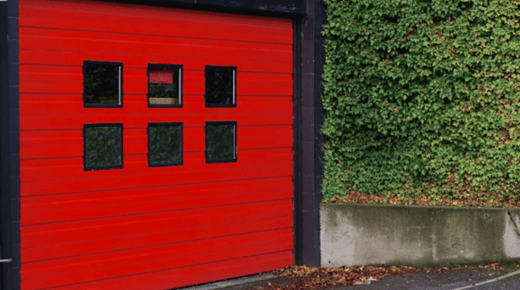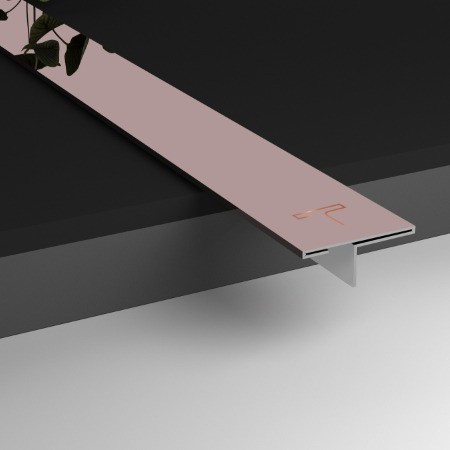how to remove an inboard engine from a boat
Removing an inboard engine from a boat is a complex and labor-intensive task that should be done carefully and safely. Here are the general steps to remove an inboard engine from a boat:
Tools and equipment you may need:
- Engine hoist or crane
- Engine removal straps or chains
- Socket and wrench set
- Screwdrivers
- Pliers
- Wire cutters and crimping tool
- Safety goggles
- Gloves
- Block and tackle (optional)
- Shop manual for your specific engine (highly recommended)
Steps:
- Safety First: Before starting any work, ensure that the boat is securely docked or on a stable trailer and that you have all the necessary safety equipment, including goggles and gloves.
- Disconnect the Battery: Disconnect the boat’s battery to prevent accidental starting or electrical hazards.
- Drain Fluids: Drain the engine’s fluids, including oil, coolant, and fuel. Be sure to dispose of these fluids properly and in accordance with local regulations.
- Disconnect Electrical and Fuel Lines: Label and disconnect all electrical wires and fuel lines connected to the engine. Take photos or make a diagram to help with reinstallation.
- Remove the Propeller (if necessary): If your boat has a propeller, remove it to access the propeller shaft.
- Disconnect Exhaust System: Disconnect the exhaust system from the engine.
- Disconnect Transmission and Shaft: If your boat has an inboard-outboard (IO) or V-drive configuration, disconnect the transmission from the engine and disconnect the propeller shaft. Inboard engines often have a direct drive to the propeller shaft.
- Support the Engine: Use an engine hoist or crane to support the weight of the engine. Attach appropriate lifting straps or chains to secure the engine to the hoist.
- Unbolt Engine Mounts: Locate the engine mounts, which secure the engine to the boat’s hull. Use a socket and wrench set to unbolt the engine mounts. Keep track of the bolts and their locations.
- Lift and Remove the Engine: Carefully lift the engine using the hoist or crane. Make sure it is clear of any obstructions or attachments. Slowly lift the engine out of its compartment.
- Inspect and Store: Inspect the engine for any damage or wear. If you plan to reinstall it, store it in a dry, clean place. If not, consult local regulations for proper disposal or recycling.
- Cap and Seal Openings: Cap and seal any openings in the boat’s hull, such as the shaft opening or exhaust port, to prevent water from entering the boat.
- Document and Label: Document the entire removal process with photos and labels. This will be invaluable when reinstalling the engine.
- Reinstallation (if applicable): If you plan to reinstall the engine or install a replacement, refer to your engine’s shop manual for the correct installation procedure. This may involve aligning the engine, reconnecting all components, and performing necessary adjustments.
Removing an inboard engine from a boat is a complex task that requires mechanical skills and knowledge. If you’re not experienced in this area, it’s highly recommended to seek the assistance of a professional marine mechanic or boatyard to ensure a safe and proper removal process. Additionally, follow all safety guidelines and local regulations regarding the disposal of hazardous materials and recycling of engine components.
Also Read:
https://fastspotter.com/how-to-remove-cap-from-betty-crocker-cookie-icing/
https://fastspotter.com/how-to-remove-chlorhexidine-stains-from-teeth-at-home/
https://fastspotter.com/how-to-remove-closet-door-finger-pulls/
https://fastspotter.com/how-to-remove-clutch-fork-pivot-ball/






